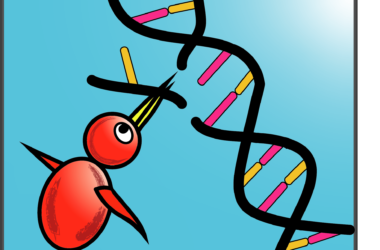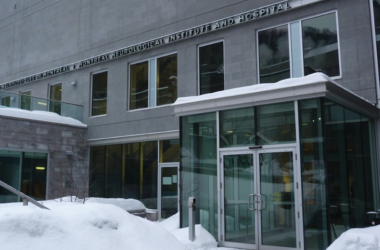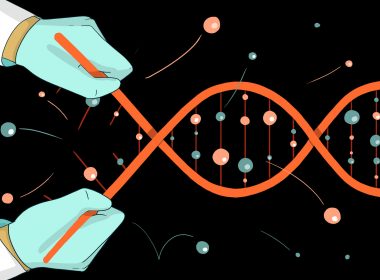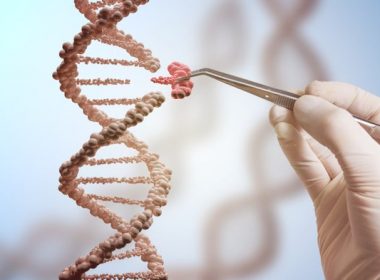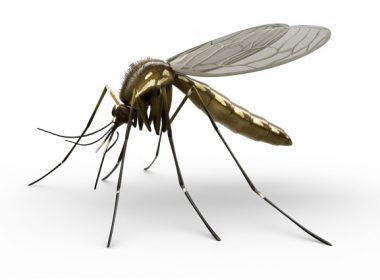Many undergraduate students desire to delve into research at McGill in labs led by primary investigators and professors. Undergraduates themselves, however, have equally promising initiatives to lead exciting investigations. One of these student groups, McGill iGEM, is an undergraduate synthetic biology research team that has made impressive progress in recent[Read More…]
Tag: crispr
Copy–pasted nucleotides found to cause neurodegenerative disease
Neurodegenerative diseases such as Alzheimer’s, Parkinson’s, and ataxia are caused—as their categorization would suggest—by the degradation of nervous system cells. One to three individuals per 100,000 are affected by late-onset cerebellar ataxias (LOCA), a disease characterized by impaired muscle control that worsens over time. While most types of ataxia set[Read More…]
CRISPR-Cas9, the unwitting revolutionary
Bacteria get a bad rap, and often deservedly so: Different strains cause a range of infections and diseases, including pneumonia, strep throat, and tuberculosis. However, any well-researched health food advocate can list the many benefits of the bacteria present in yogurt, and your local pub would be doomed without the[Read More…]
CRISPR-Cas9: The gene editing tool that has revolutionized molecular biology
It all began with bacteria: The observation and study of these single-celled organisms in the early 1980s allowed scientists to get a glimpse of the bacterial genome. In bacterial DNA, researchers found a class of repetitive nucleotide sequences, which they called Clusters of Regularly Interspaced Short Palindromic Repeats, or CRISPR.[Read More…]
From the Brainstem: The ethics of gene editing
Since the discovery of the structure of DNA in 1953, society has debated whether our understanding of human biology might one day be our downfall. These debates progressed through the transgenic mice and in vitro fertilization of the ‘70s, DNA copying of the ‘80s, viral gene delivery and cloned sheep[Read More…]
Designer babies in the age of CRISPR
A powerful gene-editing tool, known as CRISPR, has been developing, promising new approaches to treating various illnesses and even modification of children by their parents. Yet, it seems society still hasn’t addressed fears about the possible misuse of such technology—technology that research labs around the world have already started using. CRISPR[Read More…]
What’s the deal with CRISPR?
CRISPR offers the potential to cure presently untreatable cancers and diseases. Moreover, it could revive an extinct organism, such as the mammoth, using tiny bits of genomic information that scientists have collected through their serendipitous discoveries. “CRISPR is a gene editing technique that allows investigators to alter the gene sequence[Read More…]
The case for eradicating malaria with gene-editing technologies
What if we could rid the world of any species that we didn’t like: The annoying ones, the dangerous ones, and the disease-spreading ones? This seems like a tall order and one that carries a number of ethical quandaries. With the advent of CRISPR/Cas9 gene technologies, the once theoretical bioethics[Read More…]
From the BrainSTEM: The mammoth cometh
In February 2012, Harvard college professor and genetic engineer George Church hosted a symposium at the Harvard Medical School titled: “Bringing Back the Passenger Pigeon.” The talk centred on the use of new genome-editing technology that could change the concept of reversing extinction from being a dream to a reality.[Read More…]
